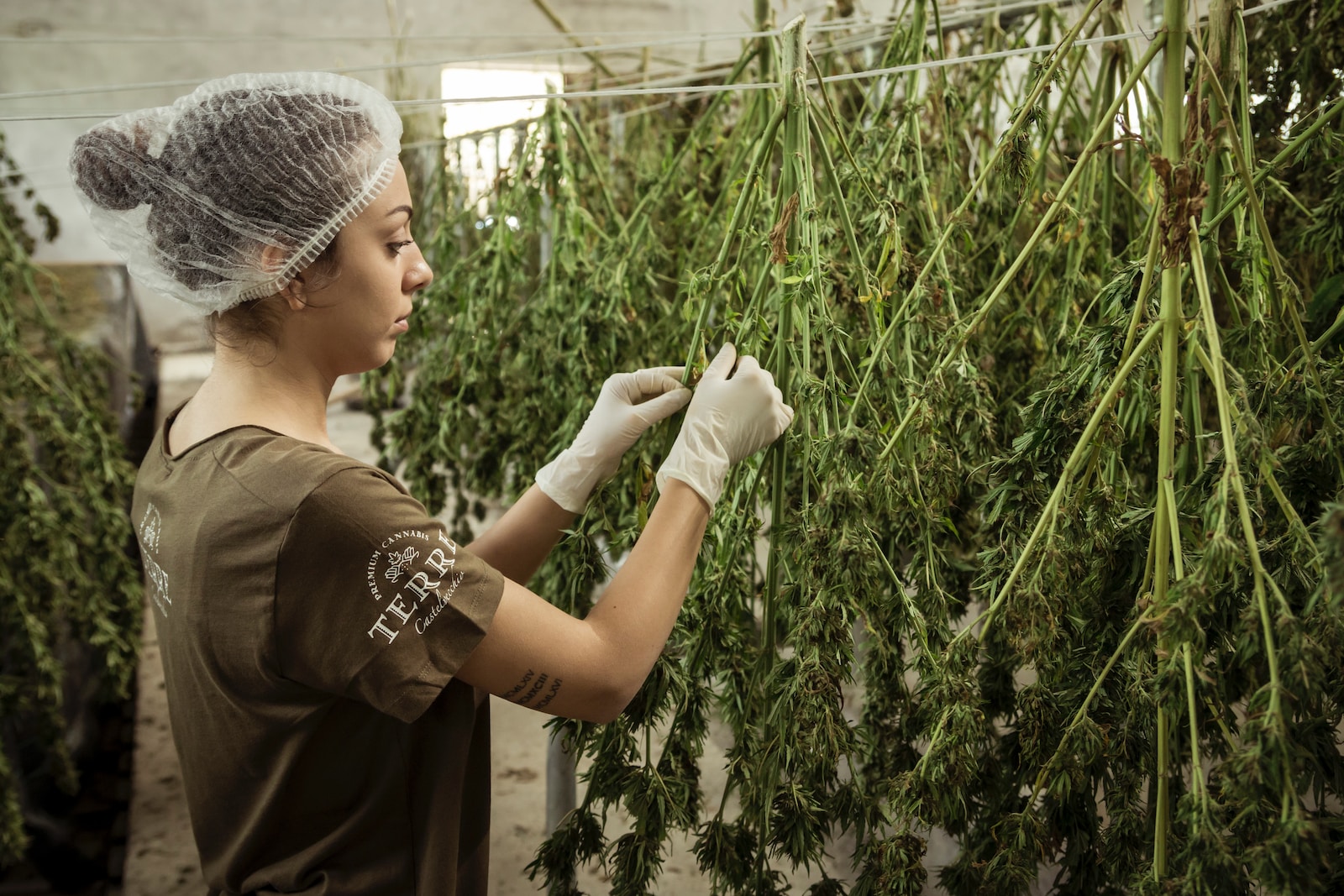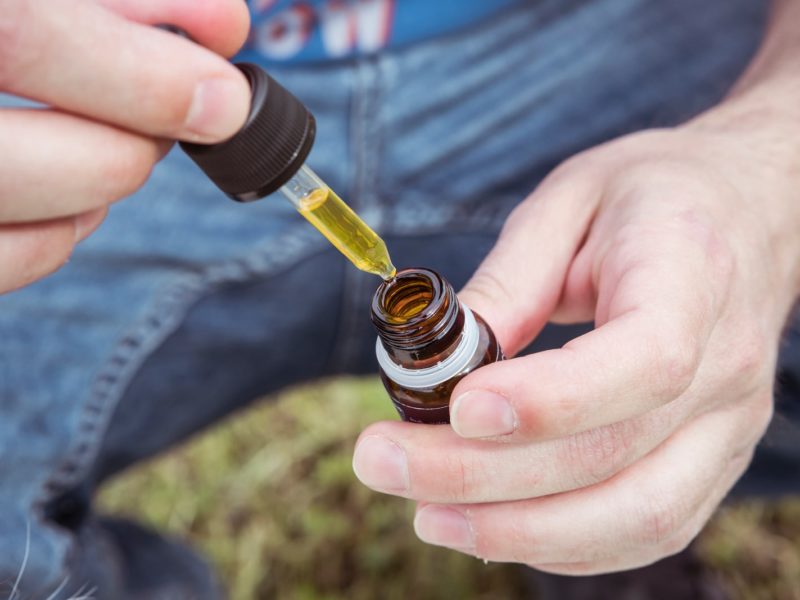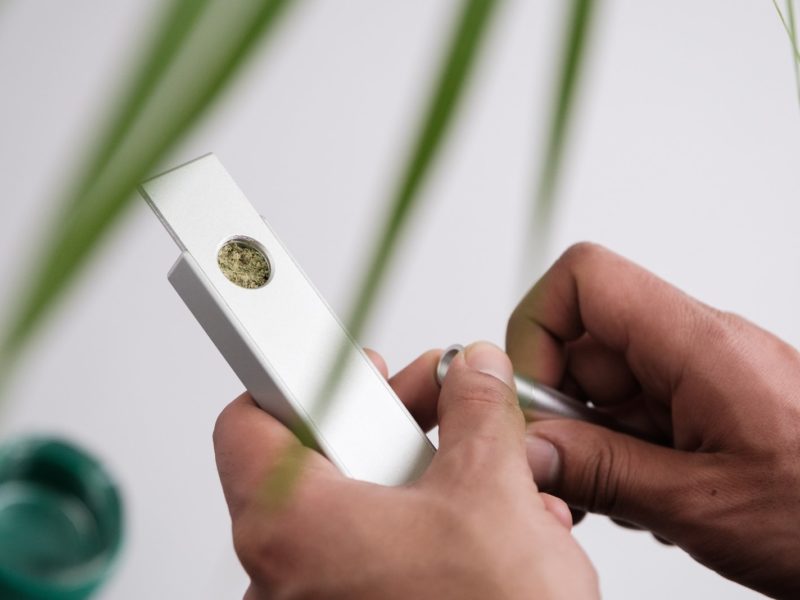Cannabis cultivation is a fascinating endeavor, but it comes with its own set of challenges, including temperature control. Many growers often ask, “How cold is too cold for cannabis?” In this informative guide, we will delve into the intricacies of temperature management for cannabis plants. From the optimal range to potential risks and solutions, we’ve got you covered.
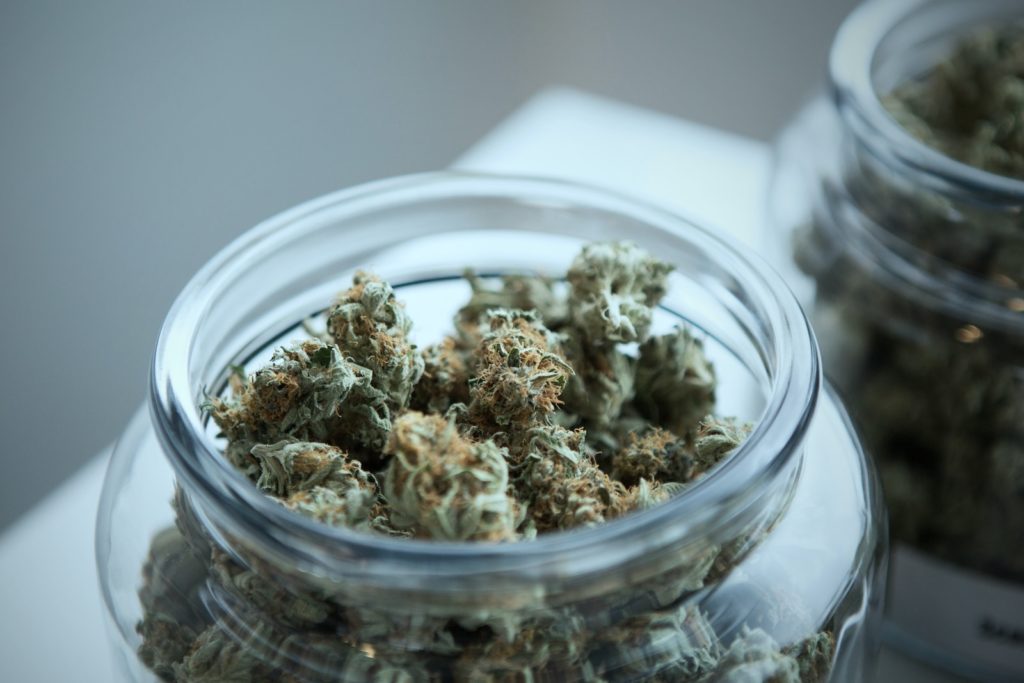
Finding the Right Temperature
Understanding the Ideal Range
When it comes to cannabis cultivation, temperature plays a crucial role in the plant’s growth and overall health. The ideal temperature range for cannabis plants typically falls between 70°F to 85°F (21°C to 29°C). This Goldilocks zone fosters optimal growth, resin production, and terpene development.
Too Cold: The Risks
If you’re wondering how cold is too cold for cannabis, any temperature below 50°F (10°C) can pose significant risks. Cold temperatures can stunt growth, slow metabolic processes, and lead to nutrient deficiencies. Frost can be particularly devastating, causing tissue damage and inhibiting photosynthesis.
Too Hot: Another Concern
On the other end of the spectrum, excessively high temperatures can also harm cannabis plants. Anything above 95°F (35°C) can lead to heat stress, reduced resin production, and diminished potency. Proper ventilation and shading can help combat extreme heat.
Factors Influencing Temperature Tolerance
Cannabis Strain Matters
Different cannabis strains have varying temperature tolerances. Some strains thrive in cooler climates, while others prefer warmth. Research your specific strain to determine its ideal temperature range.
Life Stage Considerations
Cannabis plants have different temperature preferences at various stages of their life cycle. Seedlings and clones are more sensitive to cold, while mature plants can tolerate slightly lower temperatures.
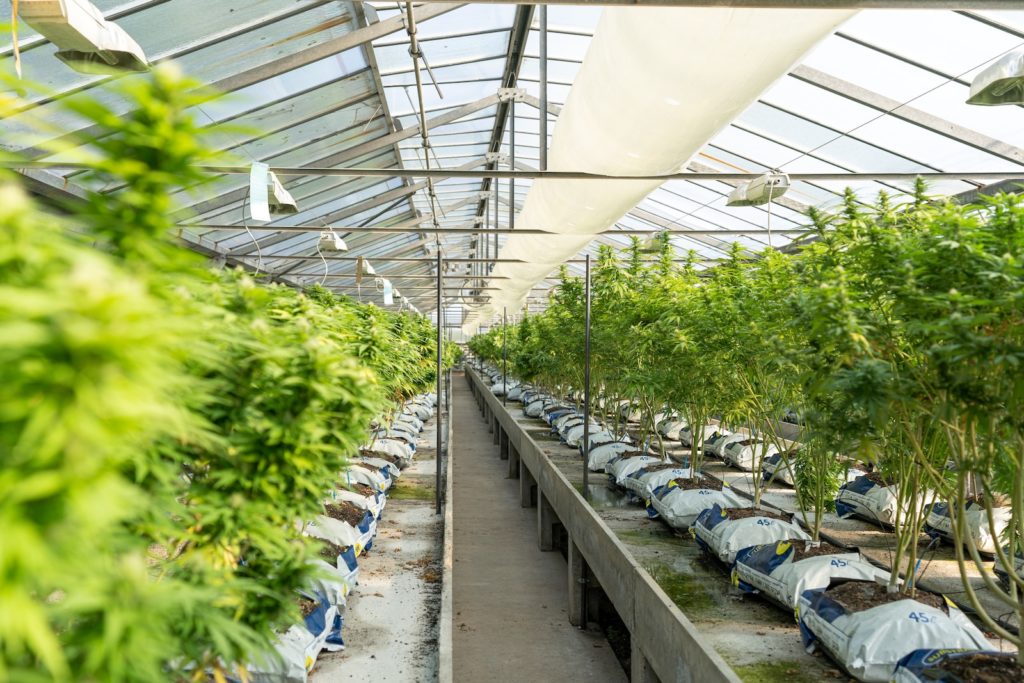
Cultivation Solutions
Indoor Cultivation
For indoor growers, maintaining the right temperature is more manageable. Invest in a reliable thermostat and HVAC system to regulate the environment effectively.
Outdoor Cultivation
Outdoor growers must adapt to changing weather conditions. Employing techniques like cold frames, mulching, and selecting cold-hardy strains can help mitigate the effects of cold temperatures.
FAQs
Q: Can cannabis plants recover from cold damage?
A: In some cases, yes. Cannabis plants can recover from mild cold damage with proper care, but severe damage may be irreversible.
Q: What’s the best way to protect outdoor cannabis plants from frost?
A: Covering your plants with frost blankets or plastic sheets and providing a heat source, such as a space heater, can protect them from frost damage.
Q: Is it possible to grow cannabis in very cold climates?
A: Yes, but it requires careful strain selection and the use of advanced cultivation techniques such as greenhouses or heated grow rooms.
Q: Can I use heat lamps to warm up my cannabis plants during cold spells?
A: Yes, heat lamps can be effective in raising the temperature in small spaces, but be cautious not to overheat your plants.
Q: How can I tell if my cannabis plants are suffering from cold stress?
A: Look for signs like drooping leaves, slow growth, and a change in leaf color. These are common indicators of cold stress.
Q: Are there any natural methods to warm up an outdoor cannabis garden?
A: Consider using compost or organic mulch to insulate the soil and absorb heat during the day, releasing it at night.
Conclusion
In the world of cannabis cultivation, temperature control is a vital aspect of ensuring a successful harvest. By understanding the ideal temperature range, the risks associated with extreme temperatures, and implementing the right strategies, you can optimize your cannabis plants’ growth and yield. Remember, the answer to “how cold is too cold for cannabis” depends on various factors, so adapt your approach to suit your unique circumstances.
